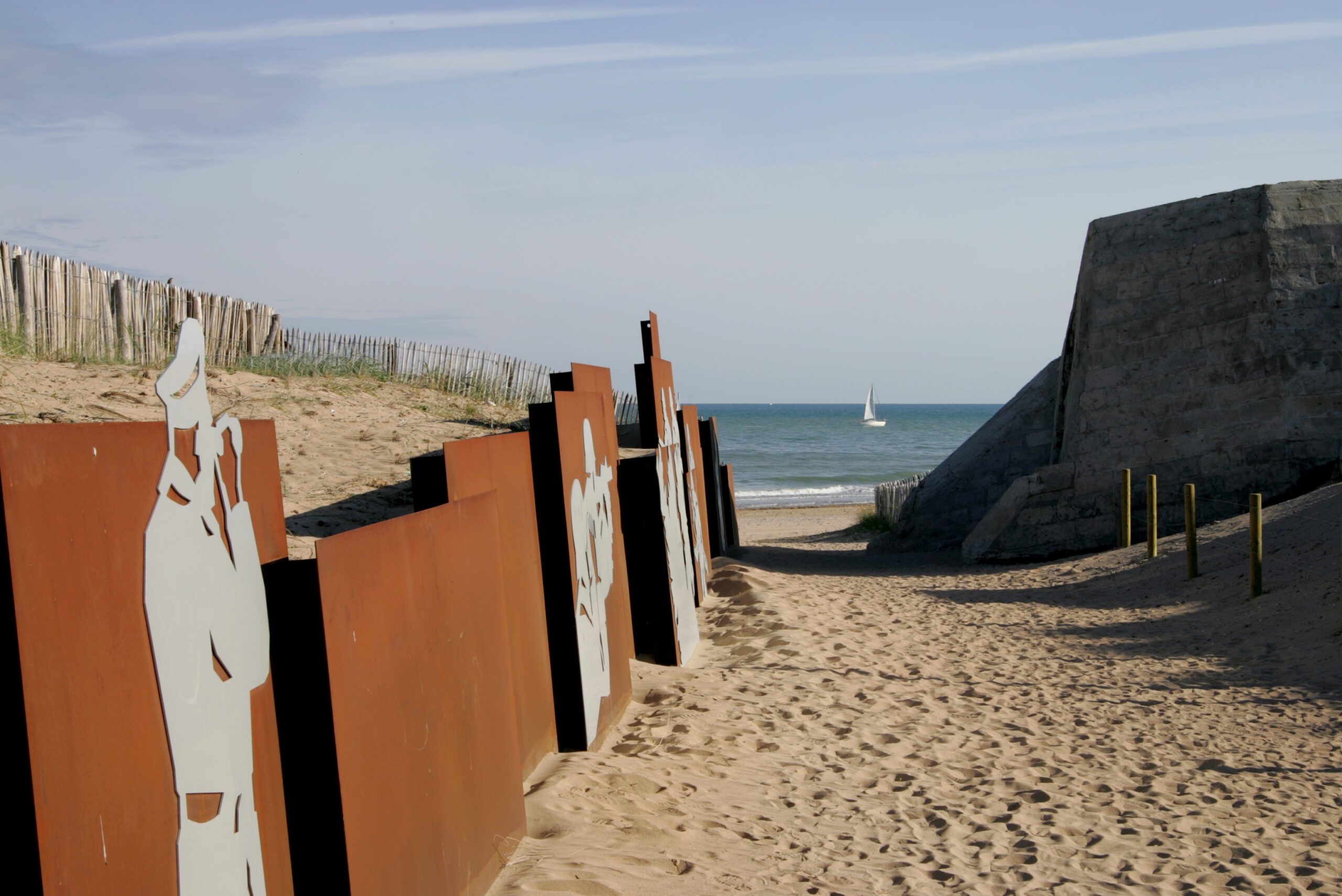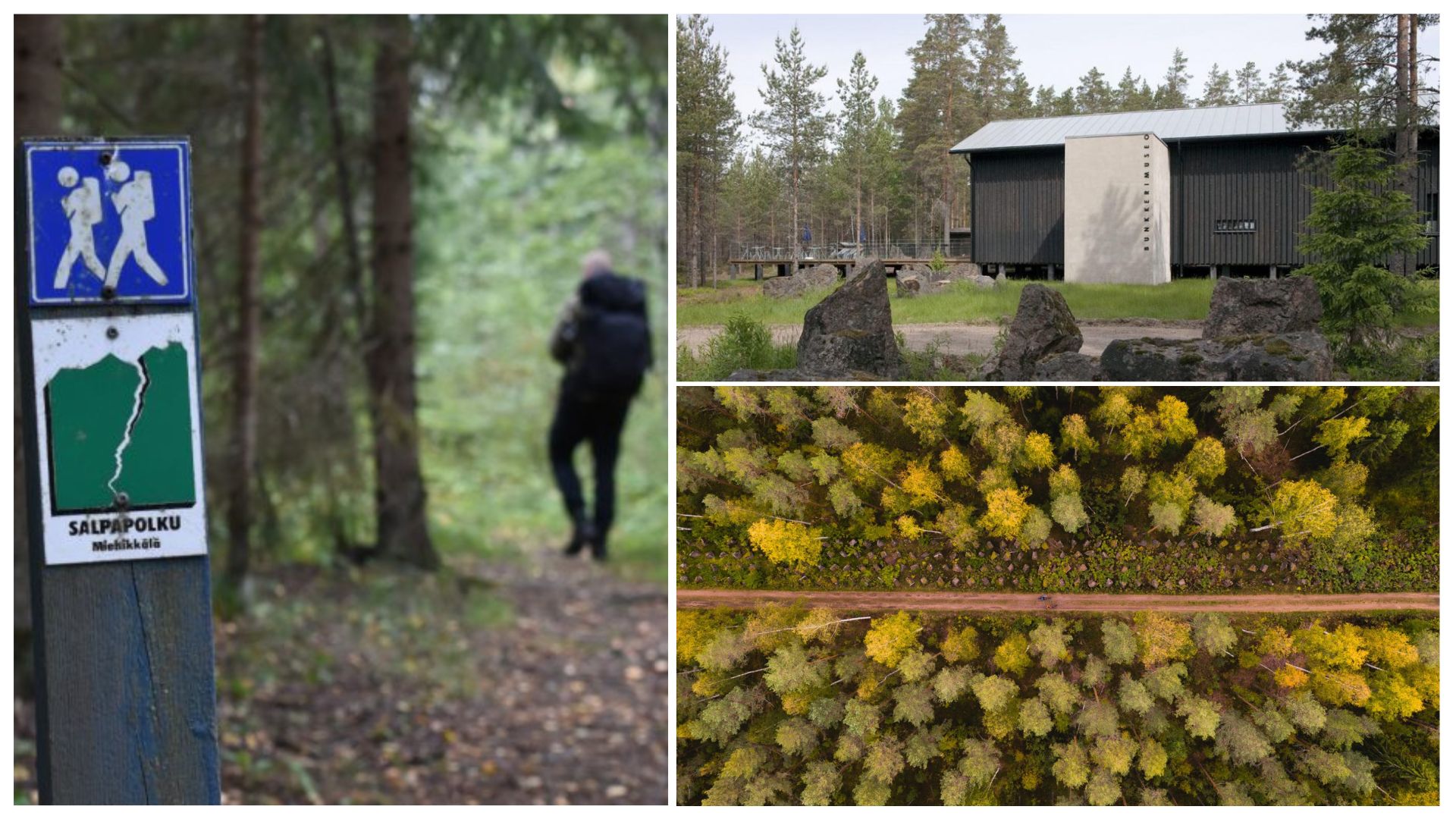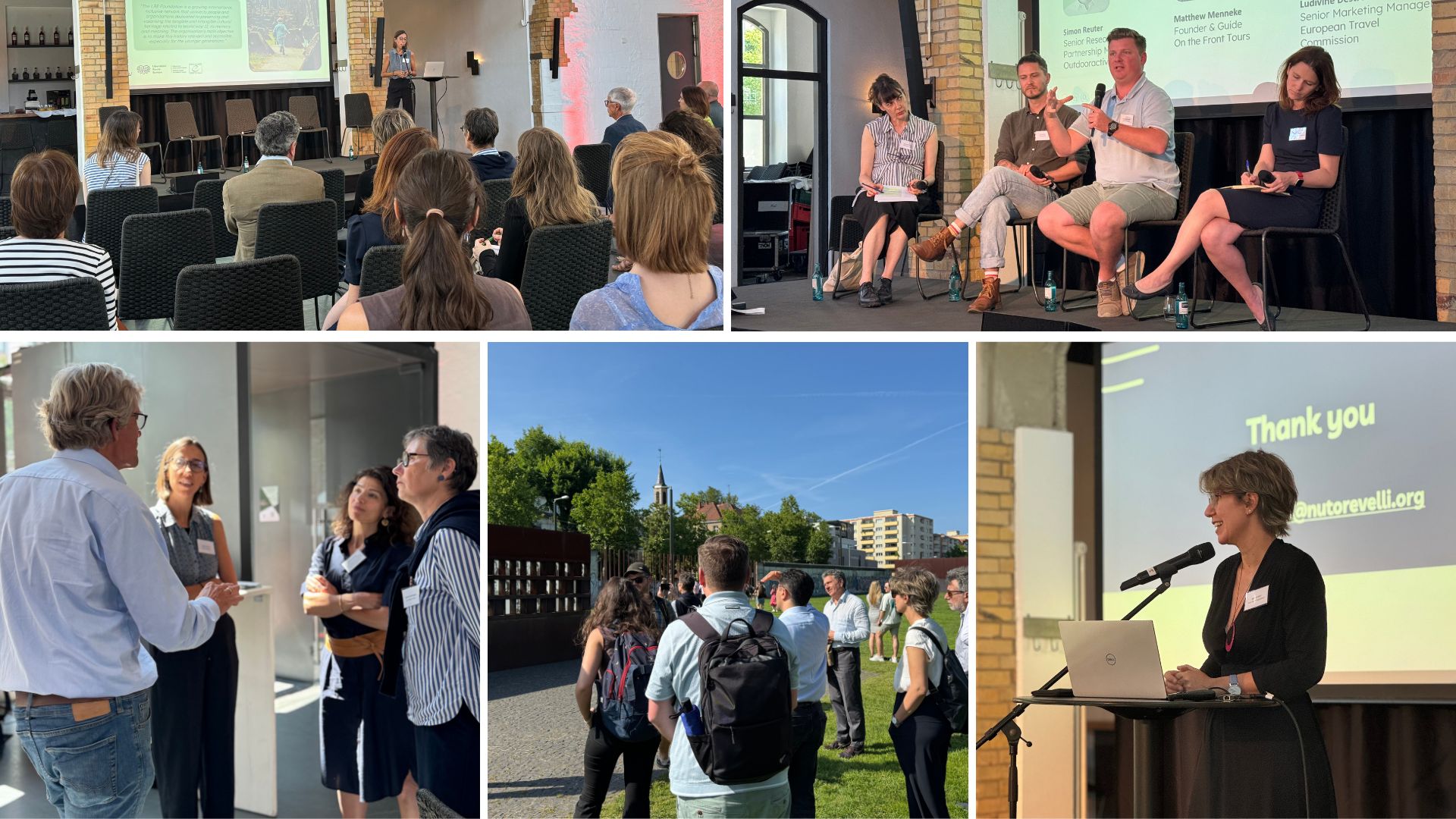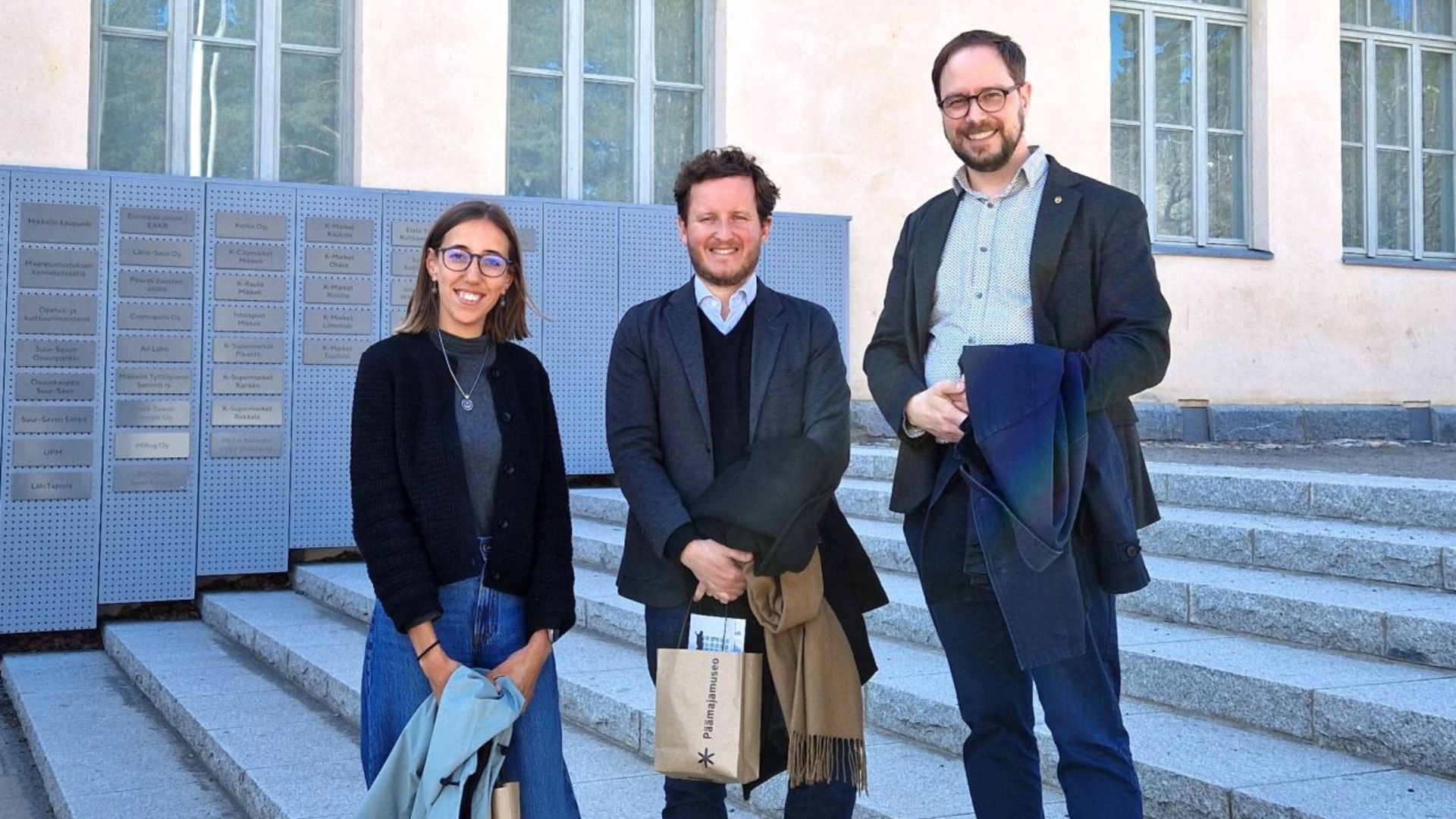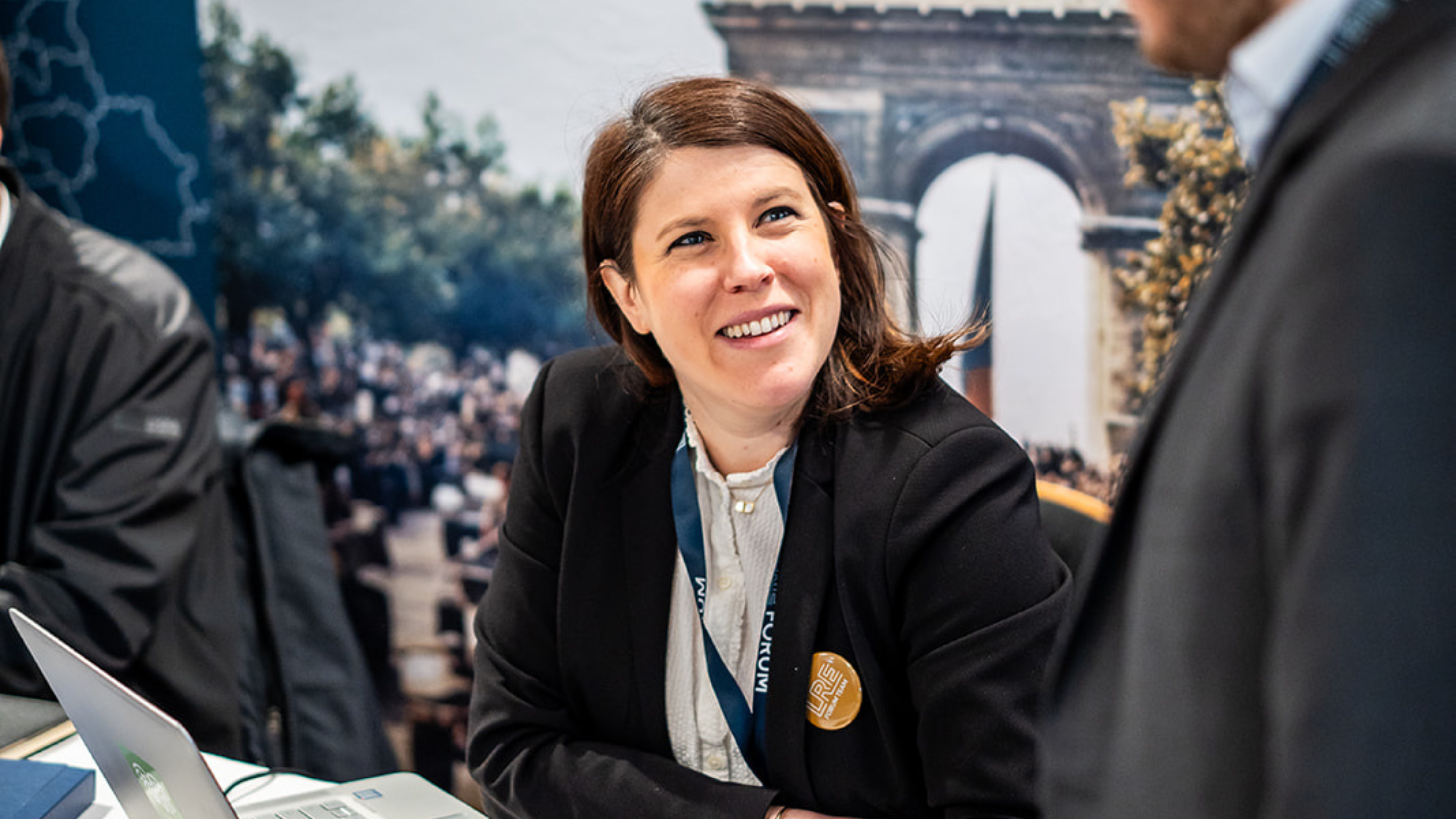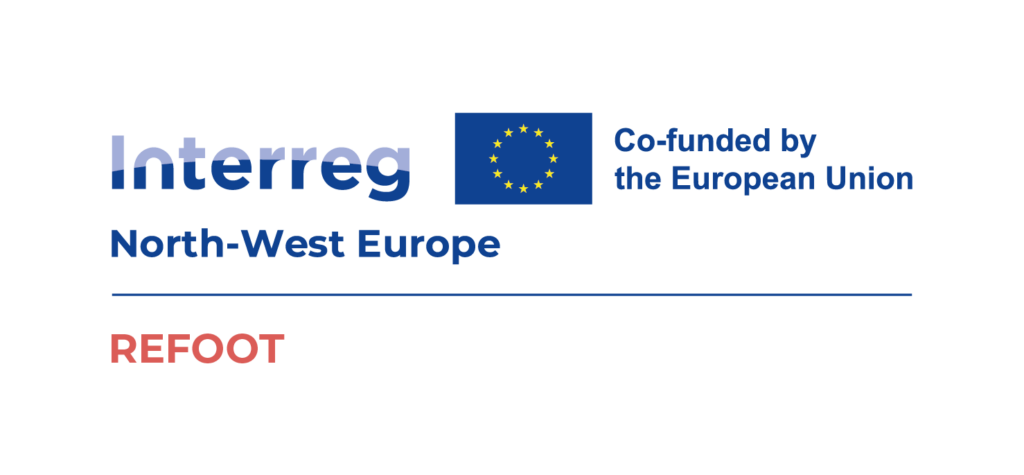The LRE Foundation, in collaboration with LRE France, the For Freedom Museum, and the Juno Beach Centre, has officially launched Retracing the Footsteps of Canadian Liberators: A European Trail, a new long-distance hiking route and part of the Liberation Route Europe network. The trail follows the path of Canadian troops during the Second World War and traverses France, Belgium, the Netherlands, ending in Germany.
This is the first transnational trail dedicated to highlighting Canada’s often-overlooked role in the liberation of Northwest Europe. The project connects over 200 sites and stories, including historic sites, museums, monuments, and personal biographies, many of which remain underrepresented in mainstream WWII narratives.
“This trail is more than a commemoration, it’s a living, walkable history lesson,” said Emme Johnson, Project Manager at the LRE Foundation. “It allows people to engage with the past in a meaningful, physical way and reflects our commitment to inclusive remembrance.”
By retracing the journey of Canadian forces, the initiative supports sustainable tourism, cross-border cooperation, and transnational storytelling. A multi-perspective approach ensures that local, Canadian, and European voices are all represented, highlighting both military operations and civilian experiences. This inclusive narrative invites deeper reflection on the shared legacy of liberation and the many ways it shaped communities across Northwest Europe.
In addition to the key partners, the trail has been made possible thanks to the support of the following partners: Juno Beach Centre Association, FFRandonnée, the European Ramblers Association, and Stichting Wandelnet. It is co-funded by Interreg North-West Europe (NWE).
All route information and related stories are freely accessible via the Liberation Route Europe website and app, which offer interactive maps, historical insights, and practical tools to help hikers plan their journey and connect with the shared history of Europe’s liberation.

